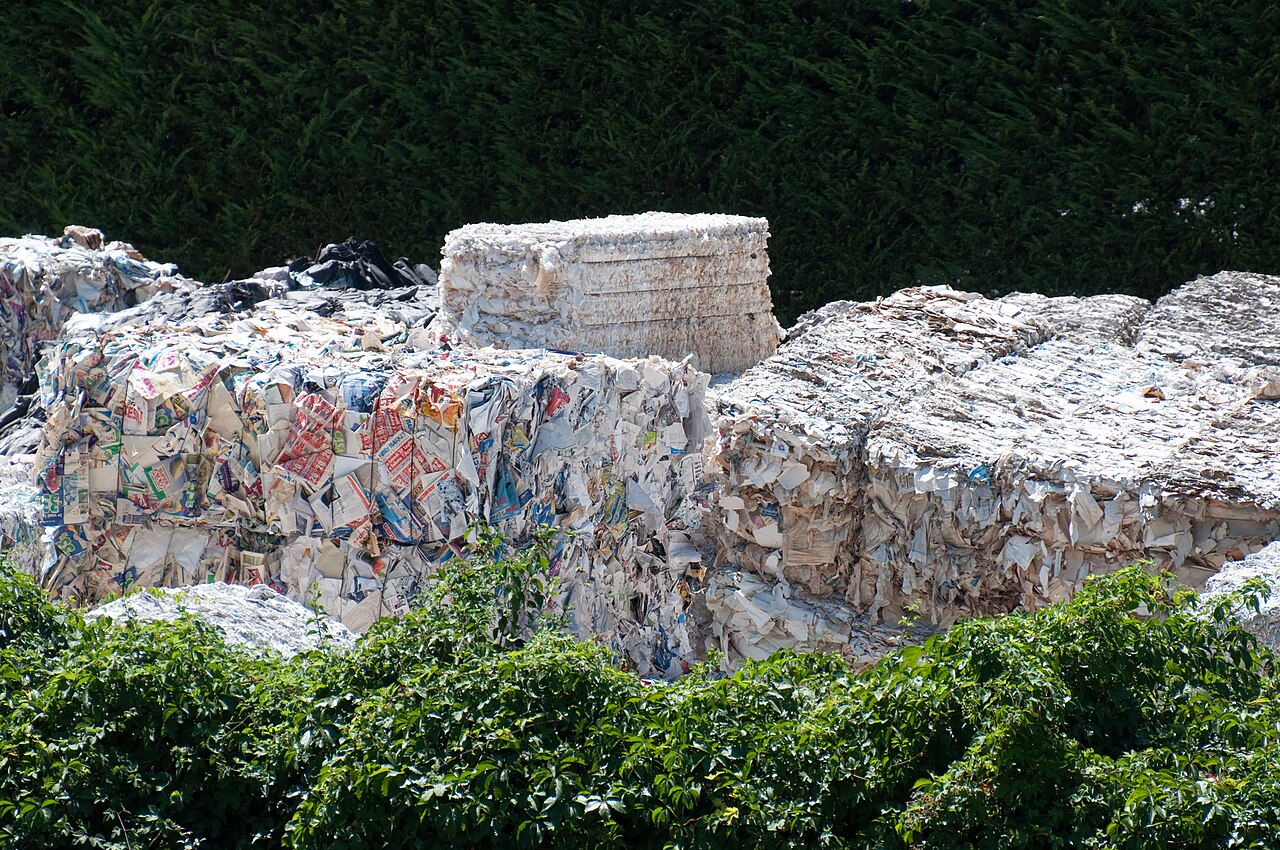1.Deepening Green Practices
One tonne of discarded paper, under recycling, is able to take on a new lease of life, transforming into 850 kg of recycled paper. This transformation not only reflects the efficient use of resources, but also invisibly protects 3 cubic metres of precious wood resources, so that they can continue to thrive in the forest and maintain ecological balance. At the same time, this process saves 100 cubic metres of water, which is positive for alleviating the problem of water shortage.
In terms of reducing environmental pollution, every tonne of waste paper utilised reduces the use of 300kg of chemical raw materials, thus reducing the emission of harmful substances that may be generated during the production process. In addition, 1.2 tonnes of coal and 600 kWh of electricity can be saved, which is of great significance in terms of energy conservation and emission reduction, and promoting sustainable energy development.
Using 1 tonne of products made from 100% recycled paper will effectively reduce carbon dioxide emissions by 11.37 tonnes. This is not only a reflection of personal environmental awareness, but also a positive response to global climate change. The use of recycled paper is gradually becoming an important force in promoting green living and building a low-carbon society.
2.Residues in waste paper, the raw material for recycled paper, and their impacts
Waste paper in the process of recycling, often carry a variety of residues, these residues not only pose a potential threat to human health, but also may have an adverse impact on the natural environment.
Heavy metals are one of the common residues in waste paper. The production process of recycled paper may contain heavy metal elements such as lead, mercury and cadmium. These heavy metals are toxic to the human body, and prolonged exposure to or intake of substances containing heavy metals may cause various health problems. More seriously, heavy metals are not easily degraded in the natural environment, and once they enter the ecosystem, they may accumulate step by step through the food chain, eventually causing damage to the ecological balance.
Organic matter is also an important residual component in waste paper. When recycled paper comes into contact with chemicals and microorganisms during use, the pulp in it may be decomposed into harmful organic substances, such as benzene and phenol. These organic substances are potentially harmful to the human body and the environment, and may cause health problems such as skin irritation and respiratory problems. They may also contaminate water sources and soil, affecting the growth and development of plants and animals.
Germs and parasites are also residues in recycled paper that should not be ignored. Waste paper may harbour various bacteria and parasites, such as Escherichia coli, pneumococcus and worms, if it is not strictly treated during the recycling process. These pathogens pose a serious threat to human health and environmental hygiene, and may lead to disease transmission and environmental pollution.
In the process of waste paper recovery and reuse, effective measures must be taken, such as enhancing the separate collection of waste paper, improving the production process of recycled paper and strengthening the disinfection of recycled paper, so as to reduce the hazards to human health and the environment caused by the residues in waste paper. At the same time, the public should also improve environmental awareness, rational use and disposal of waste paper, and jointly protect our ecological environment.
3.Potential residue risks in recycled paper
The manufacturing process of recycled paper is a complex and delicate process, which involves boiling the pulp at high temperature, the addition of calcium hypochlorite, and secondary high temperature disinfection during cylinder moulding. This series of processing steps effectively kills a large number of bacteria and viruses, thus ensuring the hygienic standard of recycled paper. However, even with this rigorous manufacturing process, there are still some mould spores that can be difficult to remove, including species such as Penicillium, Aspergillus erythropolis and Aspergillus flavus.
Often originating from waste paper, these mould spores are highly adaptable to their environment and can survive in a variety of harsh conditions. Even at high temperatures of up to several hundred degrees, these spores are still able to survive. At the same time, due to their stable chemical nature, strong acids and alkalis and oxidising disinfectants and other commonly used means of sterilisation are often helpless against them.
Among these mould spores, Aspergillus flavus is particularly toxic. It is widely regarded as one of the most toxic substances in the world, with a toxicity far exceeding that of harmful substances such as nicotine and formaldehyde. It only takes 0.1 gram of aflatoxin to be fatal in a short period of time. More seriously, even if it is only ingested or inhaled in minute quantities over a long period of time, aflatoxin will cause serious chronic damage to the human respiratory and digestive systems, and may even induce malignant tumours such as liver cancer, lung cancer and stomach cancer. The World Health Organisation has classified it as a carcinogen, and its degree of harm cannot be ignored.
Thankfully, Aspergillus flavus spores will go dormant in high temperature environments, thus temporarily stopping their growth and reproduction.
https://www.yashipaper.com/high-quality-factory-sale-health-care-customized-bamboo-tissue-paper-product/
Contact us with below information!
Jessie yang
Mobile/Wechat/Whatsapp:+86 135 5180 9324
Email:sales@yspaper.com.cn
Official Website: www.yashipaper.com
Sichuan Petrochemical Yashi Paper Co.,Ltd
Add: No.999, Xingyuan 11th Road, Area A, Xinjin Industrial Park,
Chengdu, Sichuan, China.
Post time: Sep-12-2025






